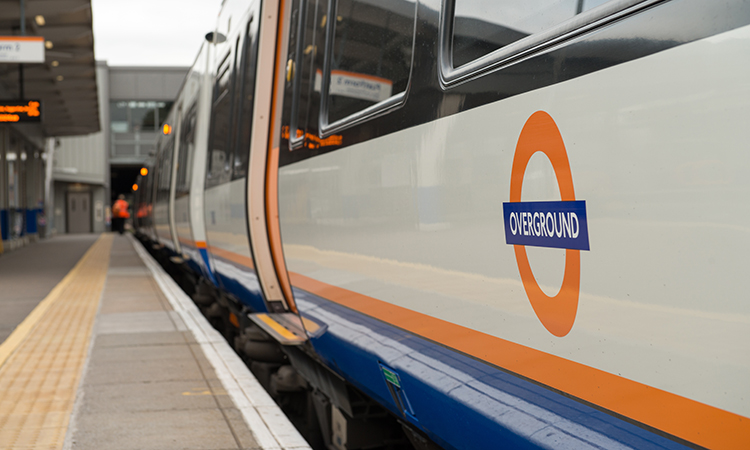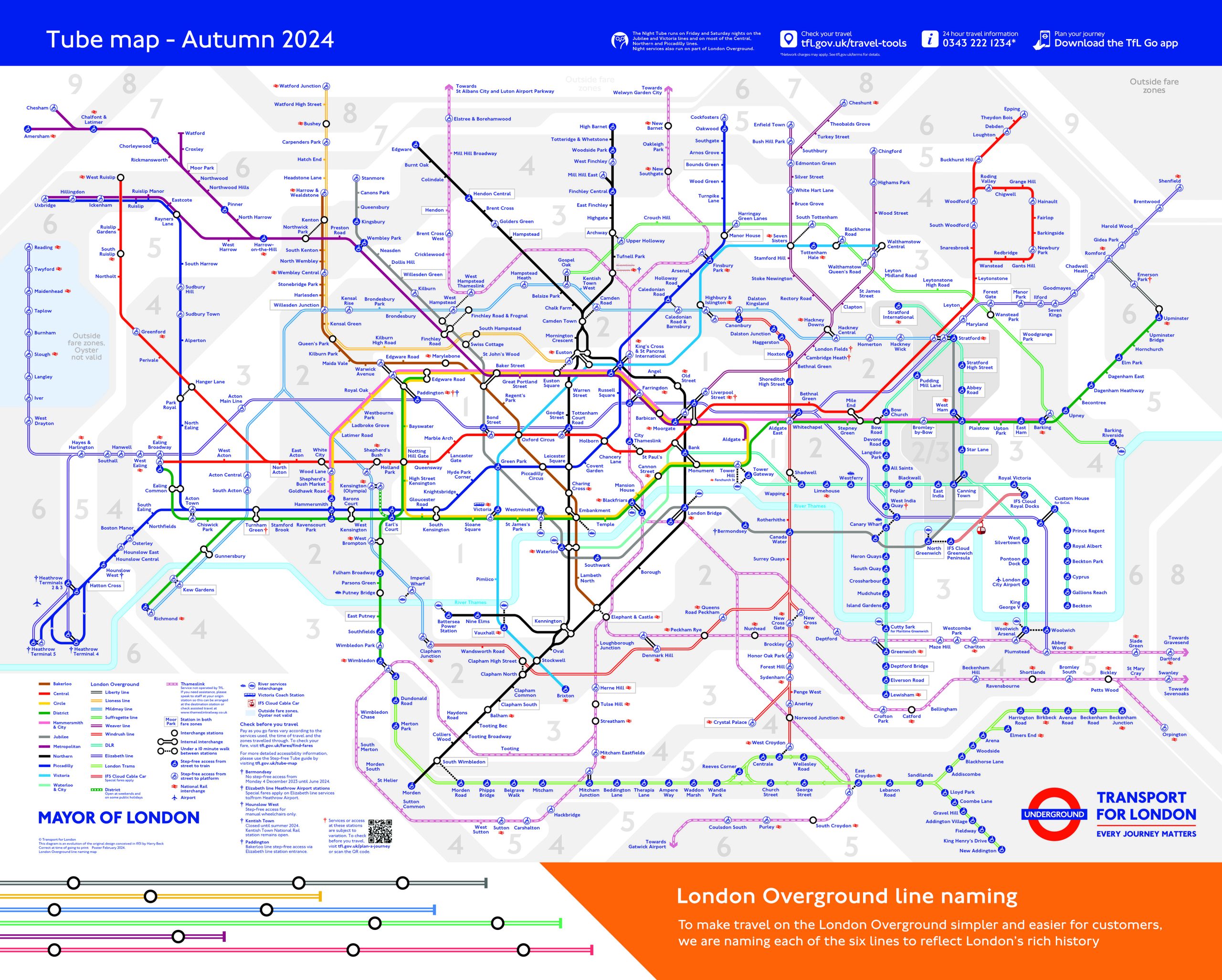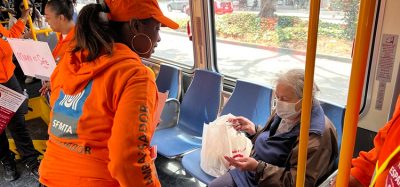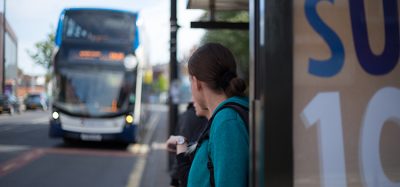London Overground lines to be given unique names and line colours
- Like
- Digg
- Del
- Tumblr
- VKontakte
- Buffer
- Love This
- Odnoklassniki
- Meneame
- Blogger
- Amazon
- Yahoo Mail
- Gmail
- AOL
- Newsvine
- HackerNews
- Evernote
- MySpace
- Mail.ru
- Viadeo
- Line
- Comments
- Yummly
- SMS
- Viber
- Telegram
- Subscribe
- Skype
- Facebook Messenger
- Kakao
- LiveJournal
- Yammer
- Edgar
- Fintel
- Mix
- Instapaper
- Copy Link
Posted: 20 February 2024 | Intelligent Transport | No comments yet
Marking a historic change, the major update to London’s Tube map will make it easier for customers to navigate the city’s Overground network.


In a historic re-imagining of London’s public transport network, each of London’s six overground lines will be given a unique name and line colour, for the first time ever. This significant change, which will include a major update to London’s world-famous London Underground (Tube) map, will make it easier for customers to navigate London’s transport network while also celebrating the city’s diverse culture and history.
Research by Transport for London (TfL) has shown that some customers find the London Overground network confusing and would find it easier to navigate if it wasn’t one single colour and name.
Each route will be represented by a new line name and colour on the Tube map, on train line diagrams, at stations and on digital journey planning tools, such as TfL Go. The much-loved orange roundel will continue to be used across the London Overground network.
The new line names are:
- The Lioness line: Euston to Watford Junction. The Lioness line, which runs through Wembley, honours the historic achievements and lasting legacy created by the England women’s football team that continues to inspire and empower the next generation of women and girls in sport. It will be yellow parallel lines on the map
- The Mildmay line: Stratford to Richmond/Clapham Junction. The Mildmay line, which runs through Dalston, honours the small charitable hospital in Shoreditch that has cared for Londoners over many years, notably its pivotal role in the HIV/AIDS crisis in the 1980s, which made it the valued and respected place it is for the LGBTQ+ community today. It will be blue parallel lines on the map
- The Windrush line: Highbury & Islington to Clapham Junction/New Cross/Crystal Palace/West Croydon. The Windrush line runs through areas with strong ties to Caribbean communities today – such as Dalston Junction, Peckham Rye and West Croydon – and honours the Windrush generation who continue to shape and enrich London’s cultural and social identity today. It will be red parallel lines on the map
- The Weaver line: Liverpool Street to Cheshunt/Enfield Town/Chingford. The Weaver line runs through Liverpool Street, Spitalfields, Bethnal Green and Hackney – areas of London known for their textile trade, shaped over the centuries by diverse migrant communities and individuals. It will be maroon parallel lines on the map
- The Suffragette line: Gospel Oak to Barking Riverside. The Suffragette line celebrates how the working-class movement in the East End fought for votes for woman and paved the way for women’s rights. The line runs to Barking, home of the longest surviving Suffragette, Annie Huggett, who died at 103. It will be green parallel lines on the map.
- The Liberty line: Romford to Upminster. The Liberty line celebrates the freedom that is a defining feature of London and references the historical independence of the people of Havering, through which it runs. It will be grey parallel lines on the map.


Credit: Transport for London
Stakeholders, customers, historians, industry experts and communities have played a key role in suggesting the new names through independent engagement, which took place ahead of the decision for the final six names. This was key for the Mayor of London, as London’s diverse history and culture have always played a significant role in shaping the city and it was important for the line names, which will be used for years to come, to reflect this.
The Mayor of London, Sadiq Khan, said: “This is a hugely exciting moment, transforming how we think about London’s transport network.
“Giving each of the Overground lines distinct colours and identities will make it simpler and easier for passengers to get around. In re-imagining London’s tube map, we are also honouring and celebrating different parts of London’s unique local history and culture.
“The new names and colours have been chosen through engagement with passengers, historians and local communities, reflecting the heritage and diversity of our amazing city,” he concluded.
Andy Lord, London’s Transport Commissioner, said: “The London Overground is one of the most successful railways in the country and has grown to carry more than three million customers a week. The network, which has grown quite considerably since 2007, is currently shown as a complicated network of orange on route maps. This can be confusing for customers less familiar with the network and could be a barrier for some wanting to use the London Overground. These new names and line colours will simplify the maps and routes for our customers, and it is hoped it will encourage more people to make the most of our services. It is also a great way to tell the stories of some important parts of London’s cultural diversity.”
Related topics
Passenger Experience, Public Transport, Travel & Passenger Information
Related modes
Overground
Related cities
London
Related countries
United Kingdom
Related organisations
Transport for London (TfL)
Related people
Andy Lord, Sadiq Khan








